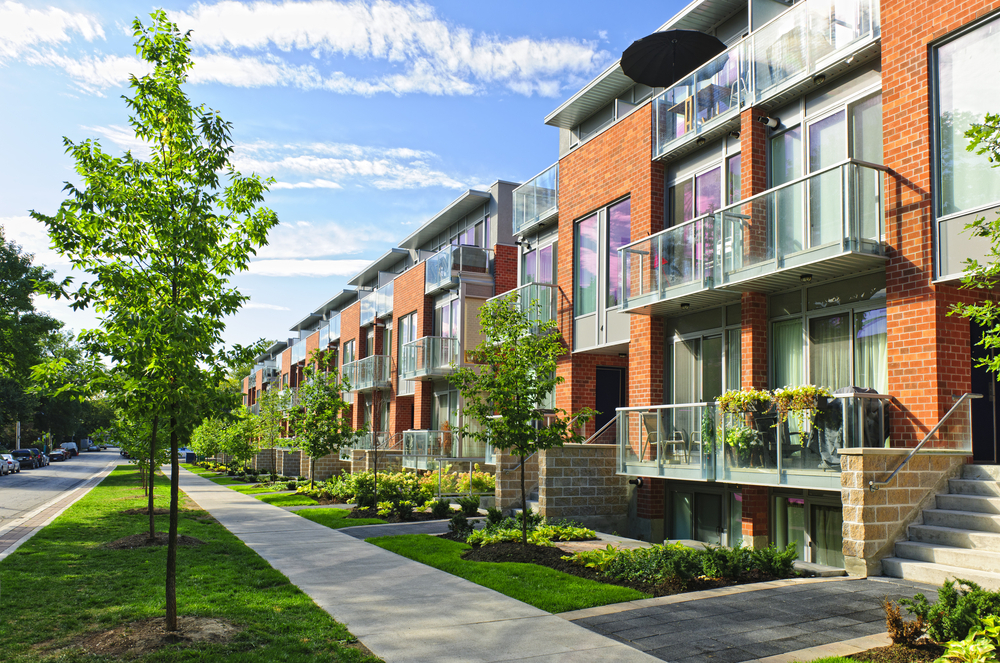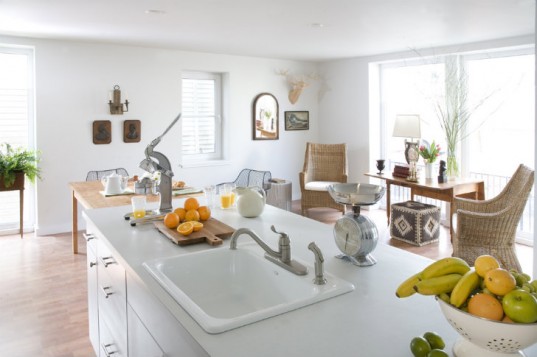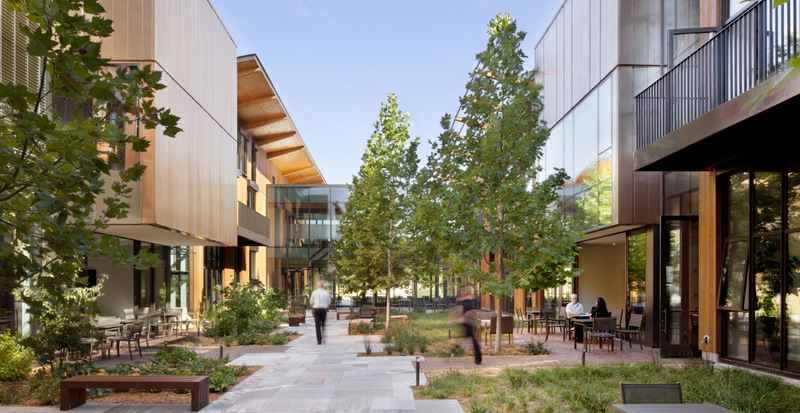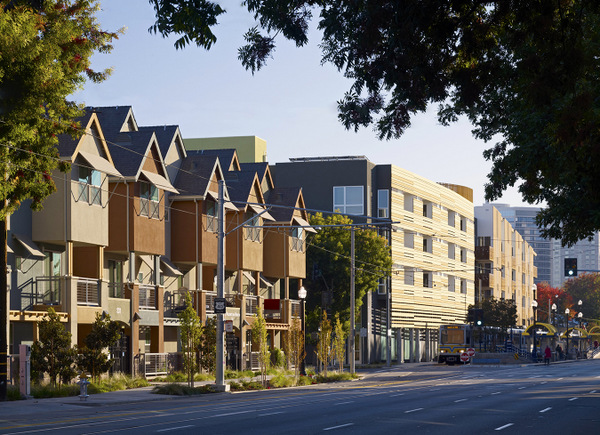Recycled Brick
Efficient, Affordable Solutions
Two new recycled brick products offer energy efficient, low-cost solutions for your next green building project. WasteBasedBricks, manufactured by Amsterdam-based StoneCycling, produces bricks by creating a composite of demolition waste, rejected clay, leftover ceramics, insulation, and glass. Clients can chose between machined bricks for large-scale products as well as intriguing handmade bricks for accents and […]




